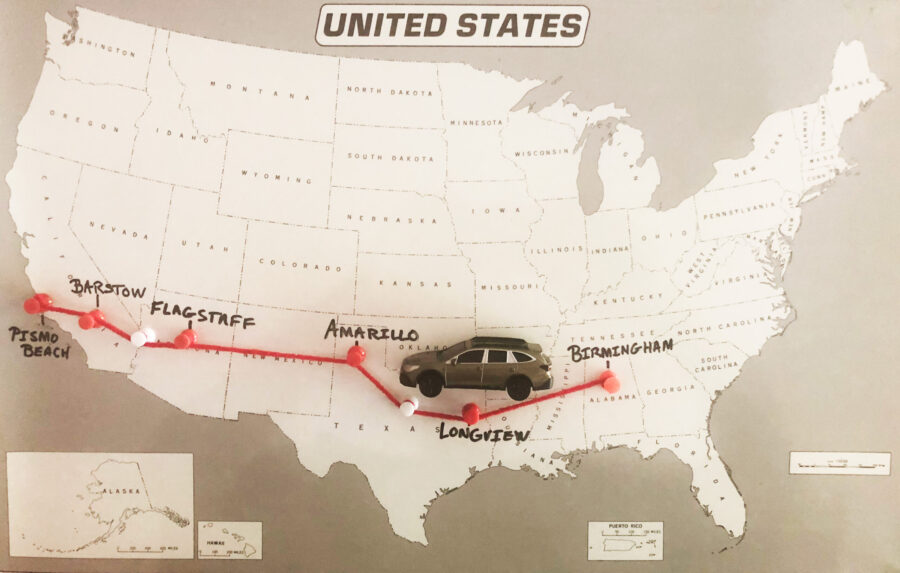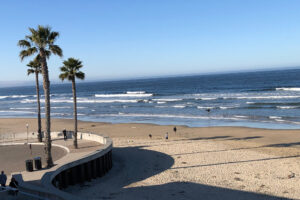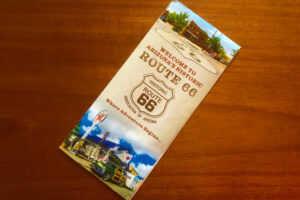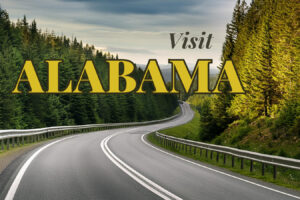When I told someone that my husband and I were driving to California for a vacation, the person asked, “Why California?” I replied, “I want to sit and look out over the ocean. I want to watch the sunset in the evening. I want to feel small and to experience the immensity of the ocean, of the world—of life. He responded, “You can get the same thing at The Grand Canyon.” So why is California calling?
California calls to me because of the climate, the sun, the images of California in songs I enjoy, and, of course, the Pacific Ocean. Perhaps it is a romantic ideal—seeing where the sky meets the earth and the sea. Looking out over the ocean reminds me of the many people across the water who are different from me and who live very different lives.
Even California music has a distinctive feeling. Could The Beach Boys, Eagles, or Jackson Browne have written their songs in New York? Why is California special? Admittedly, it might not be special, but it is different—especially if you live in the South!
There is science, logic, reason; there is thought verified by experience. And then there is California.
— Edward Abbey (1927-1989) American author and essayist
How will experiencing the vastness of the ocean (the world) make me feel? Will it change my day-to-day perception of life? That sounds dramatic, I know. I have this image in my head and a feeling inside as to what that experience will be like. Of course, will it meet my expectations? Could it even do that?
Preparations
My husband and I have driven to California twice. The last time was twenty years ago. We drove up the Pacific Coast Highway and continued on to Bellingham, Washington to visit friends. We spent three weeks away but did not stay many nights in one hotel and said if we ever went back, we would stay in one place.
In September 2023, we decided to plan our vacation for right after Easter, 2024. We did not know where we wanted to stay in California, and I suggested we pick two locations and stay four days at one place and four at another. My husband really wanted to just stay in one location.
On Tuesday, February 14, 2024, I wrote in my journal: “It is two months out. We still have no reservations. I have vicariously traveled the coast from Carmel down to Santa Barbara . . . looking for that perfect spot—that is affordable! I am looking for a place on the beach with a balcony that looks out over the ocean.”
After making a list of possible hotels all along the coast and researching reviews, Sandcastle Hotel in Pismo Beach looked perfect and was affordable—at least less expensive than some. I had never heard of Pismo Beach. (. . . even though Bugs Bunny had gone there in the 1957 episode, “Ali Baba Bunny”) Gary booked the Sandcastle for Monday, April 15 through Tuesday, April 23. Thus, it was settled!
I made a list of items to take and things to do before we left. I listed things we needed to buy for the trip: jackets, beach towels, sunscreen, snacks, etc. Gary made USBs with music to listen to in the car. For the trip twenty years ago, he had made a couple of CDs with songs that reference California. He put those on two USBs as well.
Why Drive?
The best way to experience the United States is to drive. The landscape changes every few hours—especially when going west. You can know about the wide-open spaces, the deserts, and mountains, but until you see them firsthand, there is no way to really understand the regional and topographical differences.
Twenty years ago, we were able to drive to California in two and a half days. This time we spread the drive over four and a half days. Gary meticulously planned the drive each day to be no longer than about eight hours. He made reservations at each Holiday Inn Express in the towns where we would stop.
The Trip

The first day we drove to Longview, Texas. (517 miles) We traveled the interstate from Alabama through Mississippi and Louisiana to Texas. I can’t say the terrain changed dramatically, but it soon would. We did come across some interesting names: Pelahatchie, Mississippi, Rolling Fork, Mississippi, and Bee Bayou Road in Louisiana.

The second day we drove from Longview to Amarillo, Texas. (510 miles) We got up early and left about 6:15 while it was still dark. There was lingering fog as we traveled backroads which I would describe as old country roads. It was lovely and there was not much traffic. As the day wore on, we began to see the landscape turn into wide-open spaces with a flat horizon. We saw fields, cattle, goats, and dust stirred up by the wind. There were signs along the way warning of wind gusts. Sometimes we could feel the wind slamming into the car as if trying to push us off the road. We saw wind farms with huge windmills. The windmills are majestic yet calm as their arms twirl round and around at a surprisingly slow pace.


The third day we drove from Amarillo through New Mexico to Flagstaff, Arizona. (604 miles) When we left the hotel that morning, it was cold and very windy. As we drove through New Mexico, we began to see mountains, dry sandy desert areas, scrub plants, and old deserted gas stations and dwellings.


Before we reached Flagstaff, we could see a large mountain range with snow on the top. (The snow-covered mountain is seen for miles and miles away and is omni-present in Flagstaff.) It seemed to take forever to finally get to Flagstaff which is right next to the mountain. Humphreys Peak is the highest point at 12,633 ft. It is part of the San Francisco Peaks which are north of Flagstaff.

The fourth day we drove to Barstow, California. (382 miles) Barstow is located in the western Mojave Desert at the entrance to the Mojave National Preserve. In my next blog I will describe the side trip we took on Route 66 from just past Flagstaff to the border of California. This section goes through Sitgreaves Pass. The road is narrow and curvy with lots of hairpin turns, and no shoulders or guard rails.


On the fifth day we traveled from Barstow to Pismo Beach. (249 miles) The roads we took were gorgeous with mountains and wind farms.


Below Bakersfield we wound around in the valley where there are citrus groves. We saw where they package Cuties which are seedless California mandarins.




After the valley we got up on Highway 101 and headed to Pismo Beach. When we got off the interstate, we were in Pismo Beach. The houses, shops, hotels and restaurants are all built close together—and to the west, the ocean is visible at the end of every street!


Pismo Beach
We had made it! We stopped at Tito’s Red Tacos for lunch. (It was the first place we saw that had a good place to park.) After lunch, excited and tired, we found our hotel. We were early and our room was not ready.

We drove around a bit and ended up driving past Dinosaur Caves Park, a location on my list of places to visit. We got out and walked around. This became one of our favorite spots with the walking trail next to the cliffs and benches along the way to sit and enjoy the ocean view and to watch the many birds. At certain times of the year you can see whales, but we did not see any.


Pismo Beach had everything we could ask for—a beautiful sandy beach, a 1200-foot-long pier, areas with cliffs and caves, a multitude of places to walk that had gazebos and benches, and the Monarch Butterfly Grove with towering Eucalyptus trees which gave shade and repose from the sun. This is one of only five sites in California where the butterflies overwinter. They stay here from about October through March. We were too late for the main season, but we did see three or four Monarch butterflies.


Oh . . . and let’s not forget plenty of restaurants with wonderful food. And most were within walking distance from our hotel. Pismo Beach is known for its clams* and several restaurants specialize in clam chowder which I thoroughly enjoyed for several meals.


In my next blog, I will give more details about our drive through Sitgreaves Pass on Route 66 and our stay in Pismo Beach. Did the experience meet my expectations? Find out in a future blog!

*Pismo Beach was named the “Clam Capital of the World” in the 1940s. However, they were nearly harvested to extinction. The commercial clam fishery closed in 1947 and since that time the restaurants have not included local Pismo clams in their food.










Leave a Reply
Your email is safe with us.